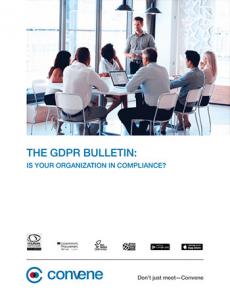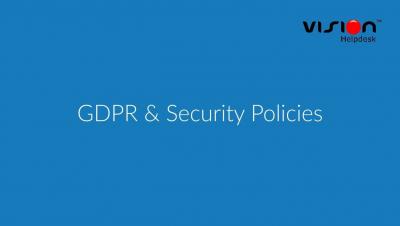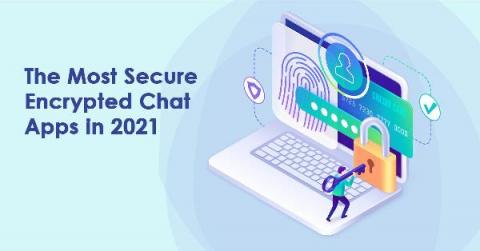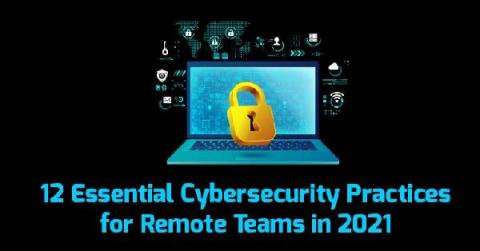Security
Top 8 Advantages of Implementing BYOD in Your Organization
For many years now, organizations are taking several measures to bring about flexibility in their work culture. One such practice is Bring Your Own Device , popularly known as BYOD. BYOD enables an employee to work using their own device, giving them the liberty to carry work home or any other location. The main advantages of BYOD include helping businesses grow by saving money and increasing productivity.
GDPR and Security at Vision Helpdesk
How to Choose Between Working-At-Home & A Hybrid Workplace
Everything You Need to Know About BYOD Security (2021 Guide)
If your company allows employees to use their personal devices for work (Bring Your Own Device), you need a BYOD security policy . Today, most companies incorporate a BYOD culture due to rising remote work demands following the pandemic. While this may leave you open to cyberattacks and data breaches , a robust security policy can help mitigate any such BYOD risk. In this article, we’ll discuss why you need BYOD security and how to create an effective BYOD policy in just eight steps .
The Most Secure Encrypted Chat Apps in 2021
With the dawn of instant messenger apps, it may have gotten easier to communicate with people all over the world, and however, malicious individuals have discovered easy ways to infiltrate our data, business information, and so on. To your surprise, some famous chat apps don’t provide encrypted chats, with that said still few chat apps can provide you end-to-end encrypted communication. Some of the best secure encrypted chat apps are listed below.
A Sit Down with Wire CEO: The Future of Secure Messaging
Encrypted communication and collaboration app Wire claim that it is“the most secure collaboration platform.” I had heard this before, many times in fact, but had never seen any proof of this notion. One of the ways the company does this is via encrypting every message sent and received, reducing the chances of a malicious intrusion.
Secure your external collaboration with Slack Connect | Slack for Security | Slack
12 Essential Cybersecurity Practices for Remote Teams in 2021
You’ve hired your remote team, scheduled your projects, and planned your workflows. You’ve heard security terms like virtual private network and Internet of Things, but you’re not quite sure what they mean or what to do about them. You’ve had virus protection software on your devices before, but you’re pretty sure it’s expired by now. The last to do on your list is setting up a cybersecurity plan, but you’re not sure where to start.









